Why does Ikea let people sleep in their beds?
And not just sleep…
Americans go to IKEA for a cheap date. The Chinese take it a step further and go day-drinking inside.
It’s been years of people abusing this free perk. But why does IKEA put up with it?
“Wake up! It’s time to sleep.”
Ikea ran a recent campaign promoting their bedroom essentials.
The premise was great. They communicated how their beds were so good, people who haven’t bought them yet are already reaping the benefits.
IKEA didn’t stop the human urge to try before buying. They made an opportunity out of the usually perceived customer blunder.
And it worked.
As of writing, their Tiktok video has amassed more than 9.2 million views.
They study their customers.
Since its inception, IKEA paid close attention to their customers.
IKEA founder, Ingvar Kamprad, was extremely intuitive in business. People don’t expect relatively low prices and good quality together, but he made that happen.
“Our low prices – by far the lowest in the land – are possible thanks to a high turnover, direct delivery from the factory, and very low overheads.”, he says in one of their earliest brochures.
The now-infamous IKEA restaurant was also out of Kamprad’s discernment.
He noticed hungry customers buy less. People left their store at lunchtime to eat outside. This interrupted their buying process.
So they made the IKEA restaurant happen, and they did it extremely well—considering how packed and highly rated it is.
What can your business do?
You don’t have to literally copy what a billion dollar company, like IKEA, does.
Not everyone can shoulder the risk of people damaging their inventory before buying. Instead, look at the intention of their moves.
From where I sit, they largely focus on making buying easier for their customers.
A lot of customers were uncomfortable with sales people following them around. So IKEA removed that and filled their location with informative and persuasive copy pieces.
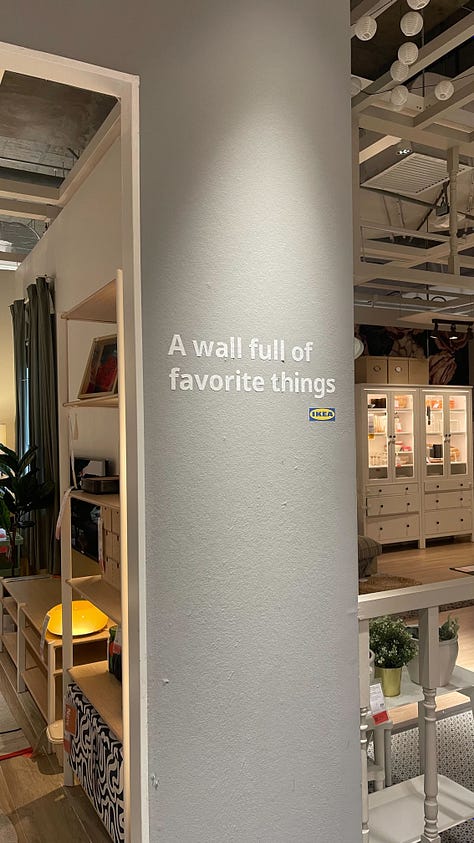
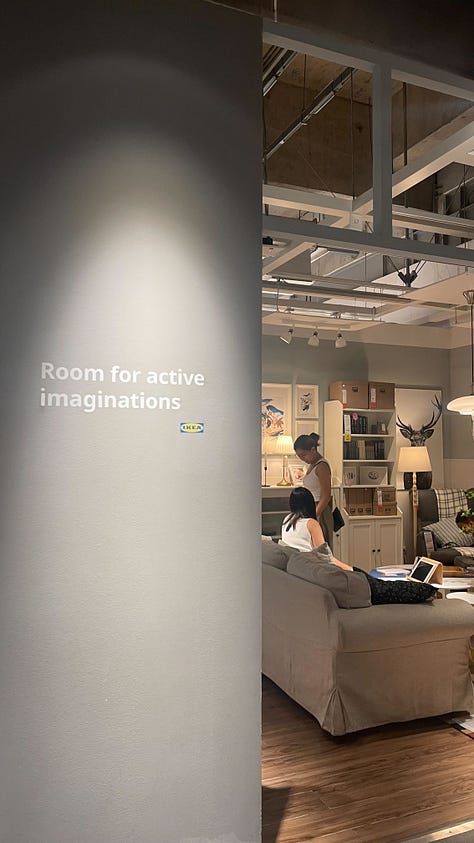

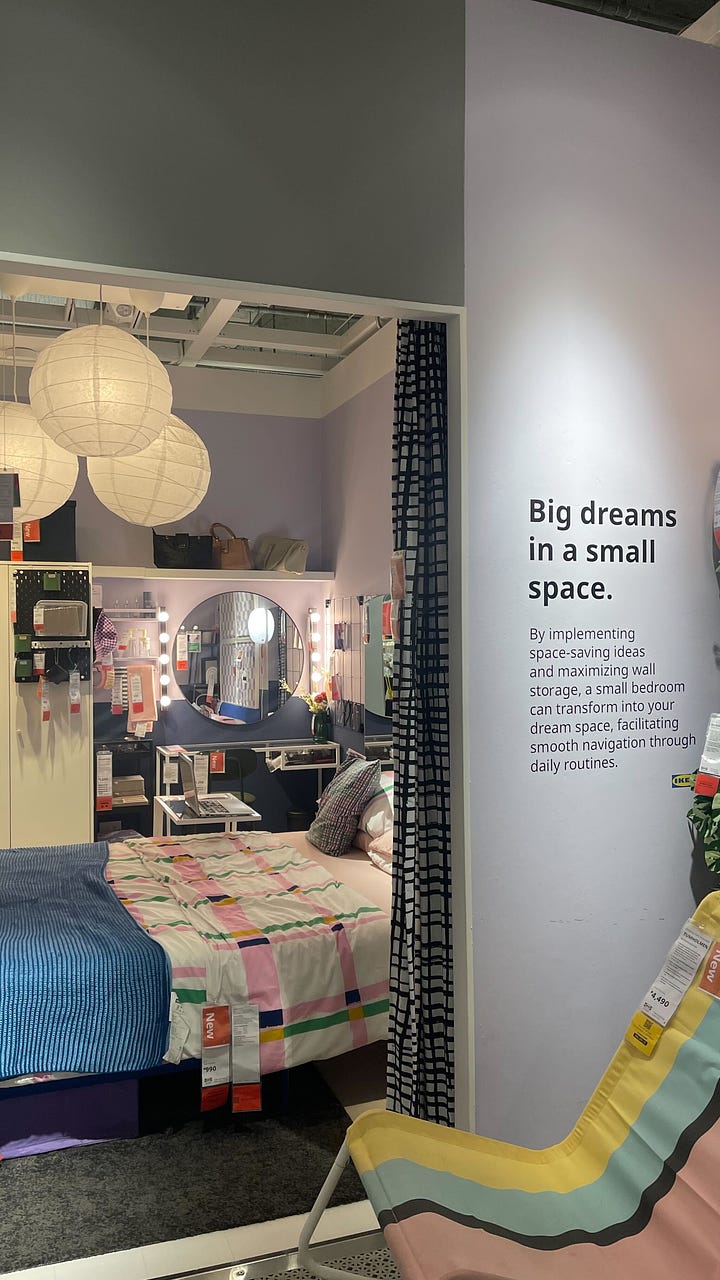
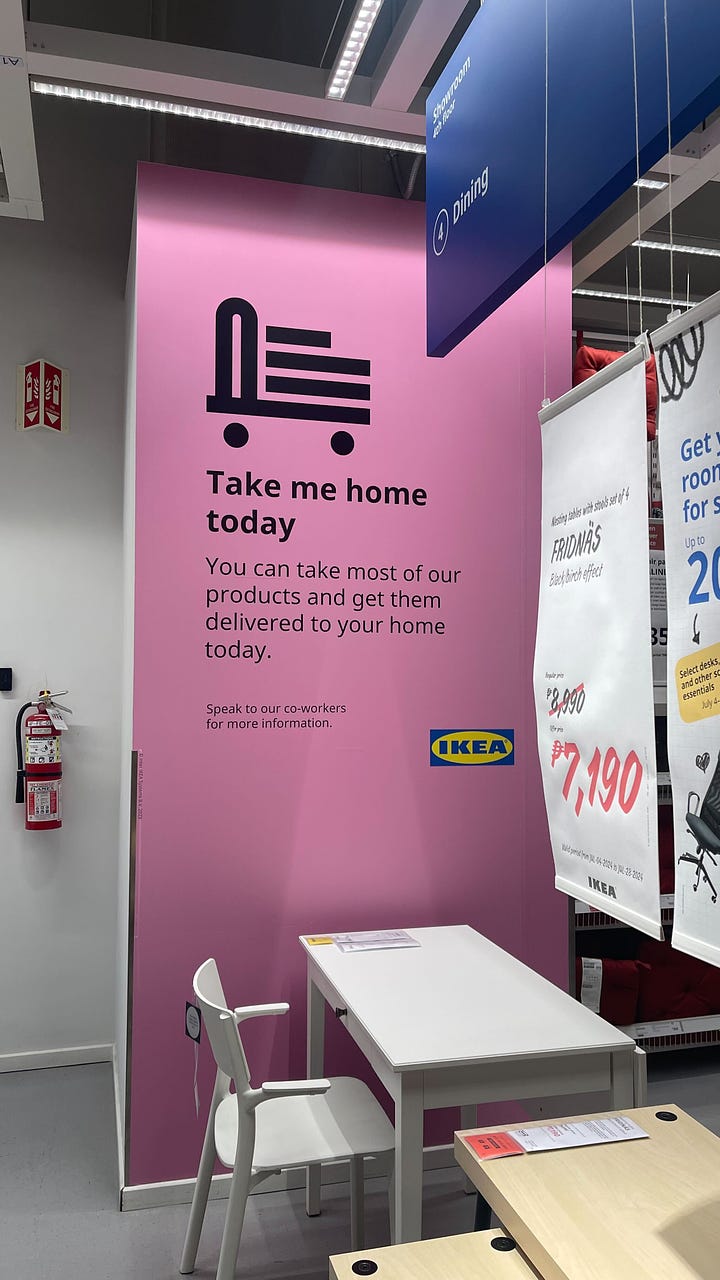
They made it easier for customers to imagine by creating real-life Pinterest boards a.k.a. their showrooms.

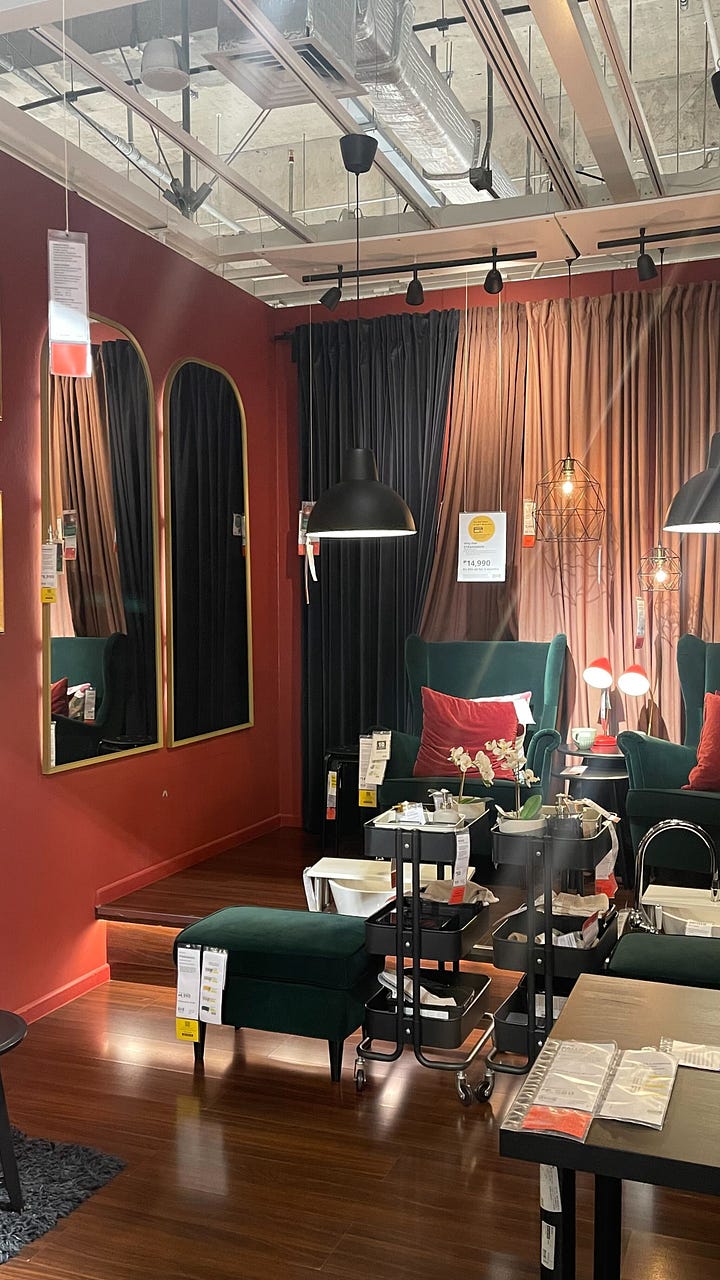
Most customers don’t buy a furniture for the heck of it. They buy the vision of what their space would look like with the furniture.
Put yourself in your customers’ shoes.
It doesn’t take a special talent to know how to improve your customers’ experience.
Observe and monitor their habits.
If you have a physical store, look at your store’s busiest days. Why don’t customers visit on, for example, a Sunday? How do they interact with your displayed items? Do people avoid going to an aisle? What questions do customers usually ask your staff?
It’s even easier if you have a website or an online store. You can track how people find you, their digital footprint, and they leave reviews online.
Filling the gaps in your customers’ buying experience is a game-changer.
Do that before you do another promotion or burn money advertising.





